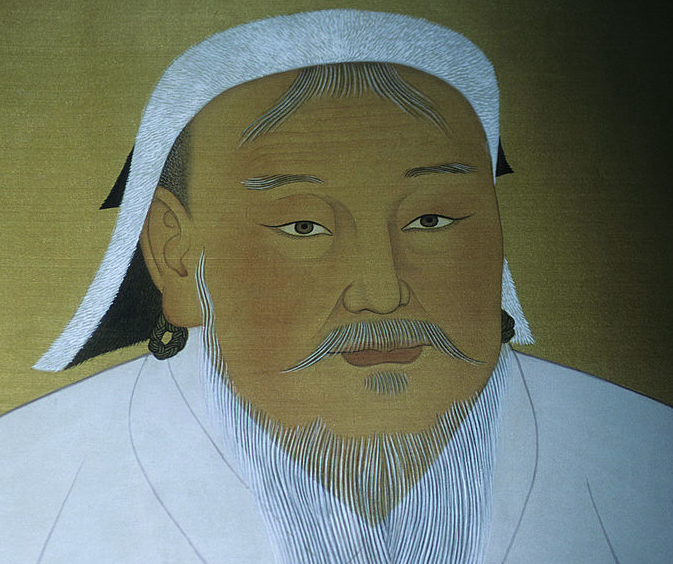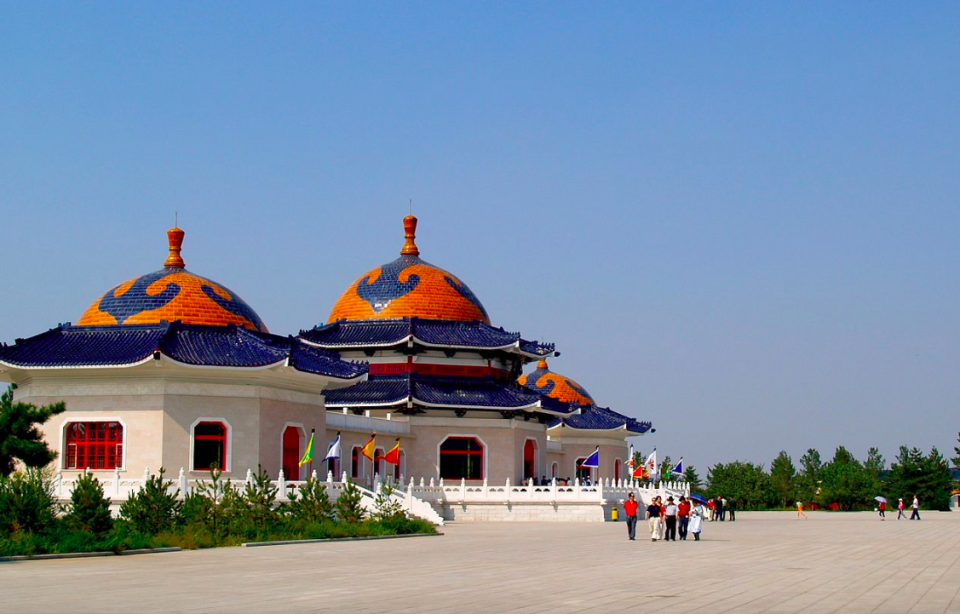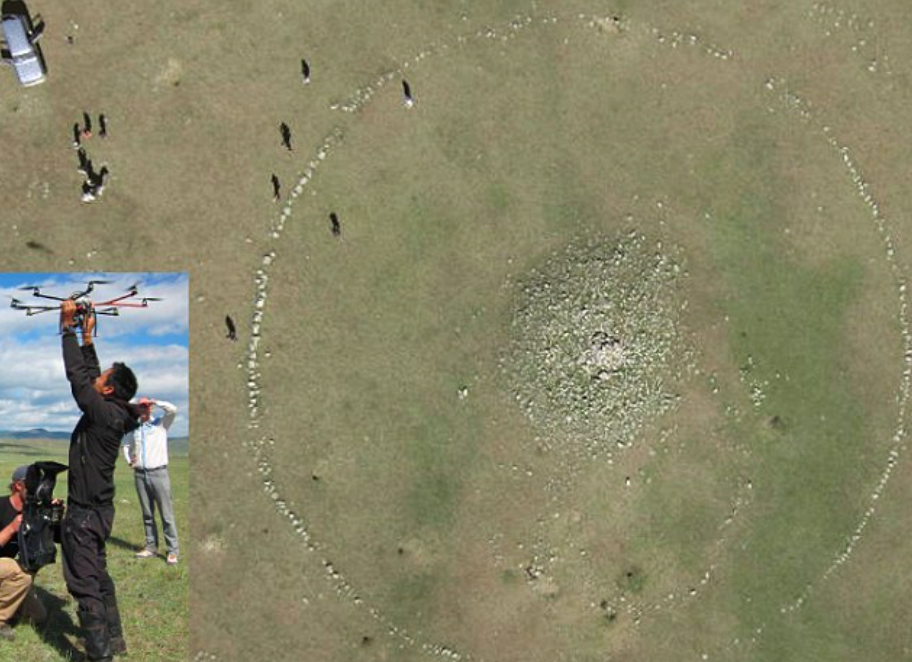The gruesome story behind Genghis Khan’s mysterious missing tomb

The brutal and genocidal ruler of the Mongol Empire, Genghis Khan, died in 1227 in mysterious circumstances.
Some say he was killed in action, others suggest Khan - the head of the one of the biggest empires in history - simply died after a short illness.
But it is fair to say that his death is shrouded in mystery.
However, what happened to him after he died is an even bigger mystery - in fact, no one can say for sure where exactly Khan was buried or what were the circumstances that led up to him being put to rest.
Archaeologists are still no closer to pinpointing the exact location of the tomb of a man that is said to be genetically related to one in every 200 men on the PLANET.
The mystery is all down to Khan himself - he specifically asked to be buried without any markings or sign that it was his grave, and asked for six cats to be buried ALIVE with him so that their purring would help guide him to the afterlife.
According to legend, extreme measures were put in place to ensure that not only would Khan’s tomb be a secret, but that anyone who knew about it would suffer the worst fate to ensure they didn’t tell anyone.

Ruler: Genghis Khan died in 1227 but his burial site remains a mystery (Getty)
His funeral escort are said to have killed anyone who was unlucky enough to cross their path, while the unfortunate slaves tasked with building the mausoleum were slaughtered once it was complete.
And to top it all off, the soldiers who killed the slaves were said to have been killed themselves to ensure that no one alive would know where it was.
Other folklore also suggests that even with the mass slaughter of anyone connected to his burial, even more was done to make the site impossible to find.
In his book ‘Lost Histories,’ Joel Levy reveals how a river was deliberately diverted over the grave, while there are also stories of horses stampeding over the ground before trees were planted over the top of it.
So it’s obvious that everything was done to adhere to Khan’s wishes when he died at around the age of 72.
But some experts believe they may know the rough areas where the site could be - with some even suggesting exact locations.
The Burkhan Khaldun mountain in Mongolia is cited as one such place due to an area nearby called the Ikh Khorig - or Great Taboo.

Final resting place: The Burkhan Khaldun mountain is rumoured to be where Genghis Khan’s remains are buried (WIkipedia)
The mountain range was said to have been earmarked by Khan himself as the place he wanted to be buried, according to The Secret History of the Mongols, an ancient text written by an anonymous author which covers the history of the ruler.
Khan apparently said: “What a beautiful view! Bury me here when I pass away.”
Sealed off by the Mongols, the 240-sq-km area was out of bounds and guarded by the Darkhad warriors, who punished anyone entering the area by death since 1227.
This task was kept up for centuries and it was only in the 1980s that archeologists were allowed to explore the area - though no trace of Khan was found.
Recent efforts may prove more fruitful - especially after Khan’s palace was discovered 150 miles east of the Mongolian capital of Ulan Bato in 2004.
Shinpei Kato, professor emeritus at Tokyo’s Kokugakuin University, believes the grave may be located close by.

Sacred: The Genghis Khan Mausoleum in China is only a memorial to the Mongol Empire leader (Wikipedia)
Freelance journalist Robin Ackroyd, who has studied the mystery of the Khan’s burial for his book ‘Genghis Khan: Sacred Tomb, Secret Treasure’, and he believes he has located the tomb on a mountain in the north of Mongolia - but it goes against established legend.
Khan died in China but he believes he was brought back to Mongolia for his burial, and that a mausoleum in the Ordos region of China was merely a memorial.
He explained: “It is likely that the early Mongol khans were buried with grave-goods, perhaps of great value, to see them into the afterlife.
“The area was guarded by a tribe called the Uriankhai. They were exempt from taxes and military service.

Technology: Drones are helping uncover possible areas where Khan could be buried (Dr Albert Yu-Min Lin et al/PLOS One)
“The guarding of the imperial grave site undermines the folkloric suggestion that the soldiers who witnessed the funeral were executed.”
He suggested that the mountain was the most likely burial site as “mountains brought the Mongols physically, and spiritually, closer to the Eternal Blue Heaven that they worshipped”.
Technology may bring us even closer to the location as scientists have scoured thousands of satellite images of the areas where Khan is suspected of being buried to identify sites of archaeological significance.
Now a team led by Khan-obsessive Dr Albert Yu-Min Lin from the Calfiornia Institute for Telecommunications and Information Technology at the University of California, San Diego, are using drones to take more pictures from above before exploring them in person.
In a paper published in the journal Public Library of Science One, they now claim to have identified 55 potential archaeological sites that could finally give them the final resting place of the remains of Genghis Khan.
Top pic: Getty

 Yahoo News
Yahoo News 
